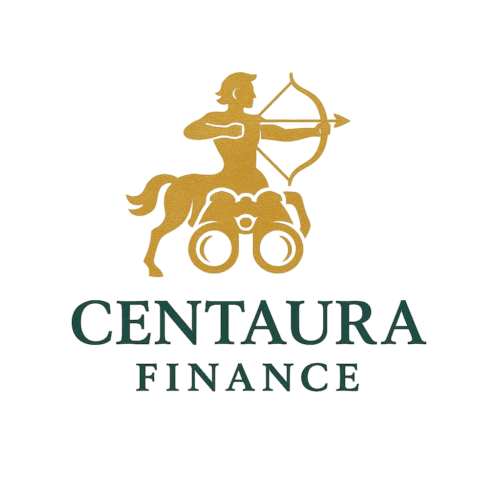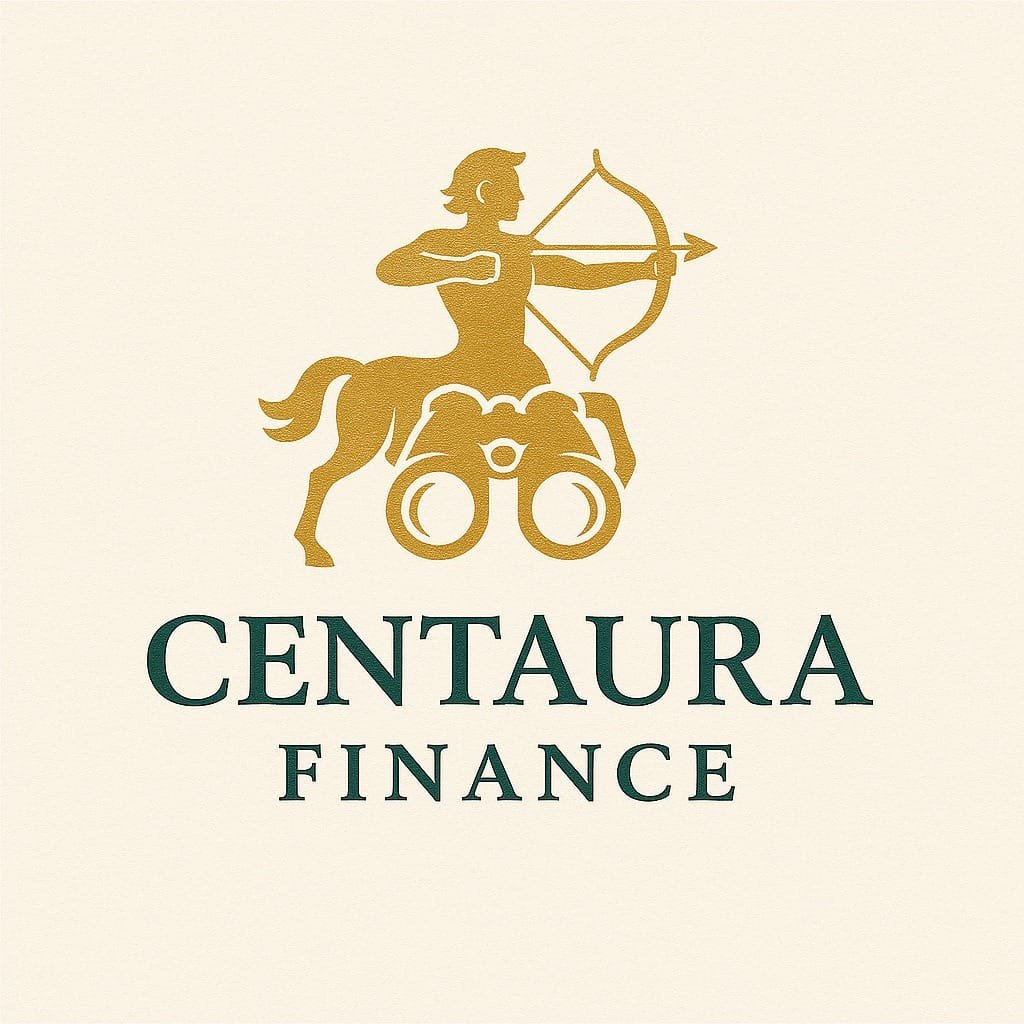In the fast-paced, tech-driven world we live in, having access to financial tools and services is no longer a luxury; it’s a necessity. Whether it’s managing payments, tracking investments, or securing loans, technology is enabling a revolution in how we handle money. But here’s the twist: the latest evolution isn’t just about the tools themselves; it’s about making those tools available as a service.
Enter Fintech-as-a-Service (FaaS), the game-changer that’s taking the financial services industry by storm. Imagine being able to access complex banking services, investment tools, or payment systems on demand, without the need to build them from scratch. That’s the magic of FaaS.
But how does it work? Why is it a big deal? And how can it help businesses and consumers alike? Let’s break it down.
1. What Exactly Is Fintech-as-a-Service (FaaS)?
At its core, Fintech-as-a-Service (FaaS) is a cloud-based platform that allows companies (and even individuals) to access financial services without having to develop the underlying infrastructure themselves. It’s a model that’s revolutionizing the way financial services are delivered, making them faster, more affordable, and scalable.
FaaS works by offering pre-built financial technology solutions (like payment processing, lending services, or investment platforms) that businesses can integrate into their systems. Instead of spending millions of dollars and years building their financial infrastructure, companies can simply plug into an existing FaaS provider’s platform and start offering financial services almost instantly.
This “as-a-service” model is similar to other cloud-based services like Software-as-a-Service (SaaS) or Infrastructure-as-a-Service (IaaS), where businesses rent technology instead of building it themselves.
2. Key Features of Fintech-as-a-Service
To understand why FaaS is becoming a go-to solution for businesses, let’s explore its key features:
Modular Solutions: Companies can choose specific financial services they need and integrate them without overhauling their entire system.
Scalability: As businesses grow, they can easily scale up their financial offerings by tapping into more robust FaaS tools, whether it’s adding new features or expanding internationally.
Cost-Effective: FaaS reduces the need for expensive infrastructure and development teams. The platform handles all the complexity, so companies can focus on their core business.
Security and Compliance: FaaS providers usually come with built-in security features and ensure that their systems meet necessary regulatory requirements, taking the heavy lifting out of compliance.
3. How Does FaaS Work? The Technology Behind the Scenes
FaaS platforms are essentially pre-configured, customizable financial services that work on a subscription or usage-based model. Here’s a simplified breakdown of how it works:
Platform Access: Businesses subscribe to a FaaS provider, gaining access to the platform via APIs (Application Programming Interfaces).
Integration: The company integrates these APIs into its existing tech stack—this could include customer-facing apps, websites, or internal systems.
Customization: The platform is highly customizable, allowing companies to tailor financial services (like payment gateways, credit scoring, or even blockchain applications) to their specific needs.
Monitoring & Updates: FaaS providers handle all backend updates and maintenance, ensuring that the services remain secure, functional, and compliant with evolving regulations.
Think of FaaS as a toolkit with all the essential financial tools companies need to offer banking-like services, but without the heavy lifting.
4. Real-World Examples of FaaS in Action
To give you a clearer picture, let’s look at some real-world examples of how FaaS is being used:
Stripe: This global payment processor is a prime example of FaaS in action. With a few lines of code, businesses can integrate Stripe into their platform and start accepting payments from customers worldwide. No need for deep knowledge of payment infrastructure or security, Stripe handles it all.
Square: Square provides a suite of FaaS tools that allow small businesses to manage everything from payments and point-of-sale (POS) systems to loans and even employee payroll. Its easy-to-use platform has allowed even the smallest businesses to access sophisticated financial tools.
Plaid: Plaid provides a connection layer between consumers and financial institutions, enabling apps like Venmo, Robinhood, and Mint to connect with users’ bank accounts. Through a simple API, Plaid allows developers to integrate financial data securely and quickly.
5. FaaS for Financial Institutions: Efficiency and Innovation
While FaaS has brought enormous benefits to fintech startups, traditional banks are also getting in on the action. Legacy financial institutions are now partnering with FaaS providers to modernize their services and offer new, innovative solutions.
For example, a bank might use FaaS to:
Provide automated lending services (like personal loans or mortgages) without manual intervention.
Integrate fraud detection tools powered by machine learning algorithms.
Offer AI-based wealth management or portfolio advisory services to their customers.
By leveraging FaaS, traditional banks can quickly adopt cutting-edge technology without investing heavily in research and development.
6. Why Is FaaS Gaining Popularity?
There are several reasons why FaaS is quickly becoming the preferred model for financial services innovation:
Speed: With FaaS, companies can launch financial products in a matter of weeks instead of months or years.
Flexibility: FaaS platforms are highly adaptable, enabling businesses to offer tailored services without having to reinvent the wheel.
Lower Barriers to Entry: FaaS lowers the barriers for new players (like fintech startups or even non-financial businesses) to enter the market and offer financial services, democratizing access to financial technology.
7. The Impact of FaaS on Consumers
For consumers, FaaS means access to more financial options with greater convenience and personalization. With businesses leveraging FaaS, customers can expect:
Customizable Services: Tailored financial products that suit individual needs, like personalized savings accounts or investment portfolios.
Instant Access: Speedy access to loans, payments, or even insurance services at the tap of a button.
Enhanced Security: Many FaaS platforms come with built-in fraud protection and encryption, ensuring that personal financial data stays safe.
8. Challenges and Considerations with FaaS
While FaaS offers numerous benefits, it’s not without challenges:
Data Privacy and Security: Storing sensitive financial data in the cloud raises concerns over cybersecurity and data breaches. FaaS providers need to implement stringent security measures to mitigate these risks.
Compliance with Regulations: Financial services are heavily regulated, and FaaS platforms must ensure that they comply with all local and international laws. This can be complex, especially for businesses operating in multiple regions.
Integration Complexity: While FaaS platforms make it easier to offer financial services, integration into existing systems can be complex for larger organizations, requiring technical expertise.
9. The Future of FaaS: What’s Next?
As technology continues to evolve, so too will FaaS. Here are a few trends to watch out for:
AI and Automation: Expect to see more AI-powered financial services, like automated investment advice or real-time fraud detection, built into FaaS platforms.
Blockchain Integration: Blockchain will play an increasingly important role in FaaS, enabling more secure, transparent transactions, especially for cross-border payments.
Embedded Finance: We’ll see more businesses like e-commerce platforms and social media apps offering financial services directly within their platforms, thanks to FaaS.
Conclusion: A New Era of Financial Services
Fintech-as-a-Service is changing the way we think about banking, payments, lending, and investments. It’s about democratizing access to cutting-edge financial tools and enabling businesses to offer innovative, customizable services without the need for massive upfront investment.
Whether you’re a fintech startup, a large corporation, or a financial institution, FaaS provides a pathway to offer sophisticated financial products quickly, affordably, and securely.
As this technology continues to evolve, it’s clear that FaaS will be at the heart of the next wave of financial services innovation.
The question is: Are you ready to embrace it?


